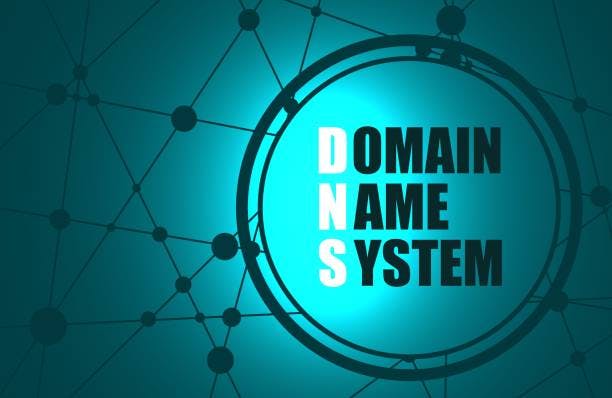How The Internet Works
Surfing the internet with caution is to understand the rules of the game.
The world has become a global village and has been reduced to "Clicks" away. Remain connected to the world and don't be an isolated verse.
THE INTERNET? WHAT IS IT?
Simply put, the internet is a global collection of networks of computers connected to each other. These networks allow data to be transferred between the computers/devices connected to them (Mocomi & Anibrain 2022).

According to HP Development Company, L.P. (2019): Over the last fifty years, technology and the functionality of the internet have transformed to become the convenient systems we use in our daily lives.
HOW DOES THE INTERNET WORK?
The internet is a worldwide computer network that transmits a variety of data and media across interconnected devices. It works by using a packet routing network that follows Internet Protocol (IP) and Transport Control Protocol (TCP).

TCP and IP work together to ensure that data transmission across the internet is consistent and reliable, no matter which device you’re using or where you’re using it.
- When data is transferred over the internet, it’s delivered in messages and packets. Data sent over the internet is called a message, but before messages get sent, they’re broken up into tinier parts called packets.
- These messages and packets travel from one source to the next using Internet Protocol (IP) and Transport Control Protocol (TCP). IP is a system of rules that govern how information is sent from one computer to another computer over an internet connection.
- Using a numerical address (IP Address) the IP system receives further instructions on how the data should be transferred.
- The Transport Control Protocol (TCP) works with IP to ensure transfer of data is dependable and reliable. This helps to make sure that no packets are lost, packets are reassembled in proper sequence, and there’s no delay negatively affecting the data quality.
WHAT HAPPENS WHEN YOU TYPE IN A WEB ADDRESS IN YOUR BROWSER?
Wondering how the internet works from browser launch to search results? Let’s go over the process step-by-step.
When you type in a web address into your browser, the following happen:
Step 1: Your PC or device is connected to the web through a modem or router. Together, these devices allow you to connect to other networks around the globe. Your router enables multiple computers to join the same network while a modem connects to your ISP (Internet Service Provider) which provides you with either cable or DSL internet.
Step 2: Type in a web address, known as a URL (Uniform Resource Locator). Each website has its own unique URL that signals to your ISP where you want to go.

Step 3: Your query is pushed to your ISP which connects to several servers which store and send data like a NAP Server (Network Access Protection) and a DNS (Domain Name Server). Next, your browser looks up the IP address for the domain name you typed into your search engine through DNS. DNS then translates the text-based domain name you type into the browser into the number-based IP address. • Example: Google.com becomes 64.233.191.255
Step 4: Your browser sends a Hypertext Transfer Protocol (HTTP) request to the target server to send a copy of the website to the client using TCP/IP.

Step 5: The server then approves request and sends a “200 OK” message to your computer. Then, the server sends website files to the browser in the form of data packets.
Step 6: As your browser reassembles the data packets, the website loads allowing you to learn, shop, browse, and engage.
Step 7: Enjoy your search results!
REFERENCES
HP Development Company, L.P. (2019) How does the internet work. Available at: hp.com/us-en/shop/tech-takes/how-does-the-i... (Accessed: 3 October 2022).
Mocomi & Anibrain Digital Technologies Pvt. Ltd. (2022) How the internet works. Available at: mocomi.com/how-the-internet-works (Accessed: 3 October 2022).

